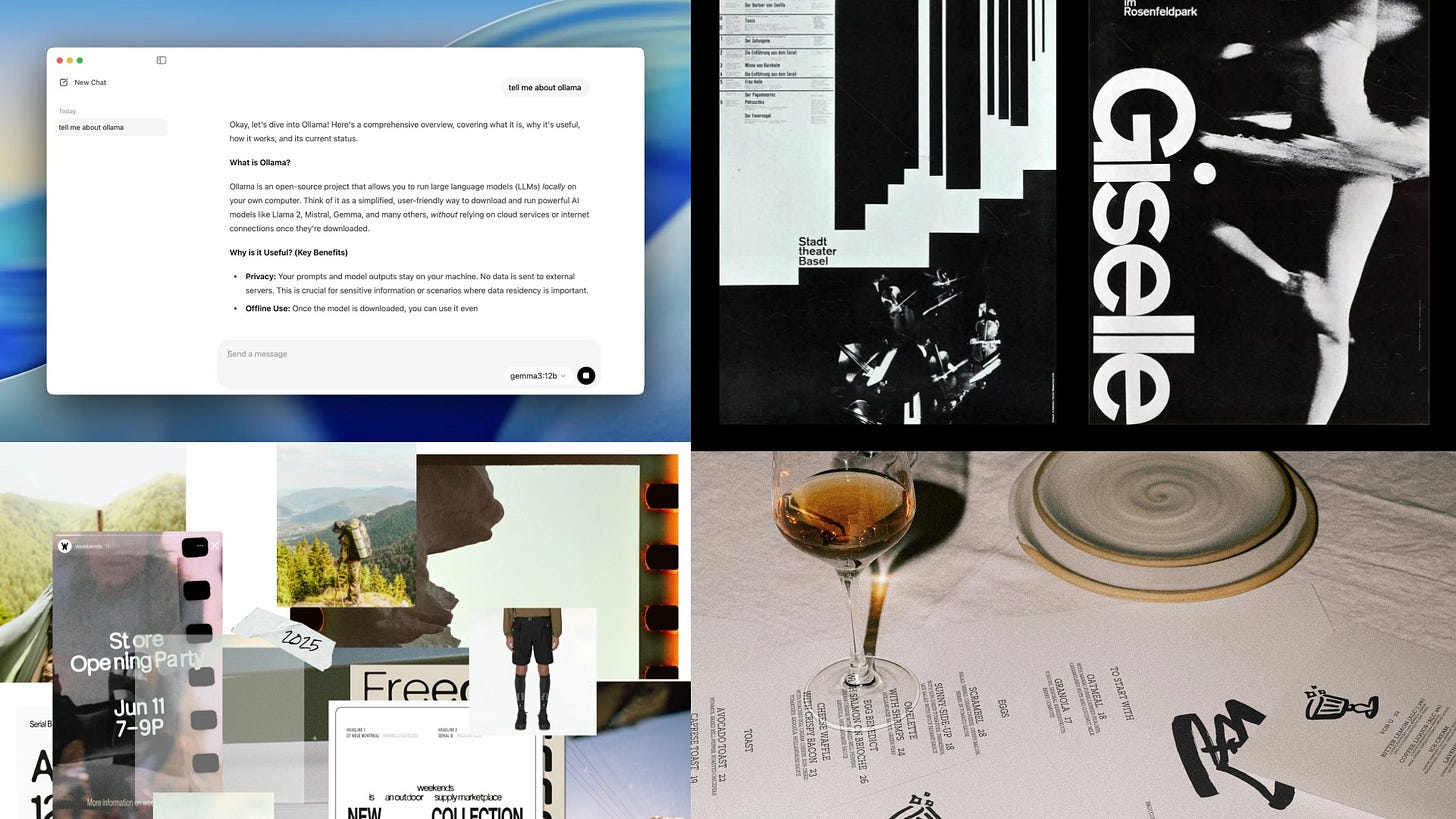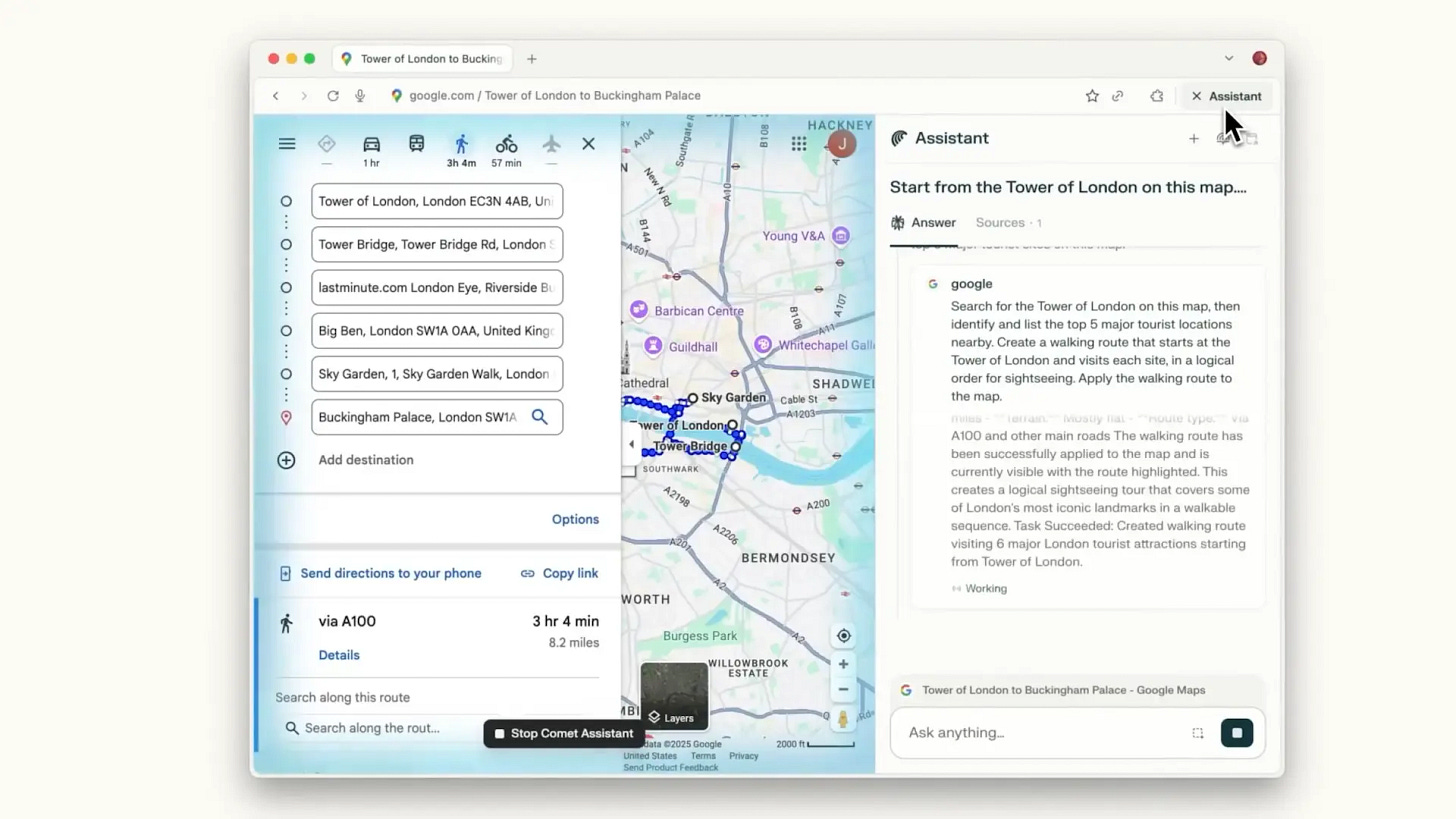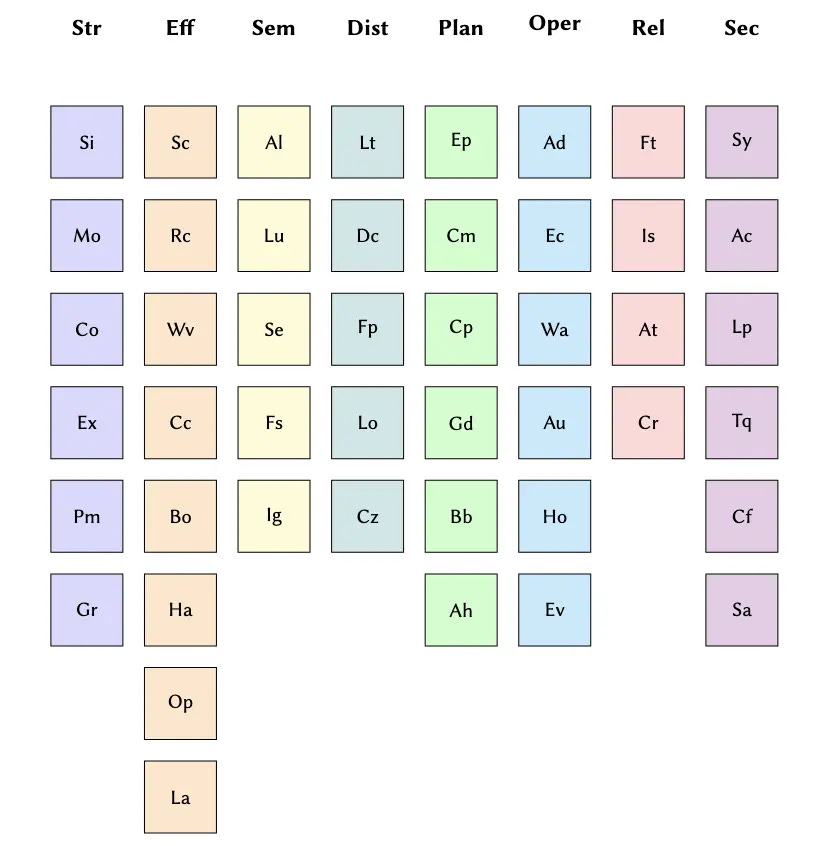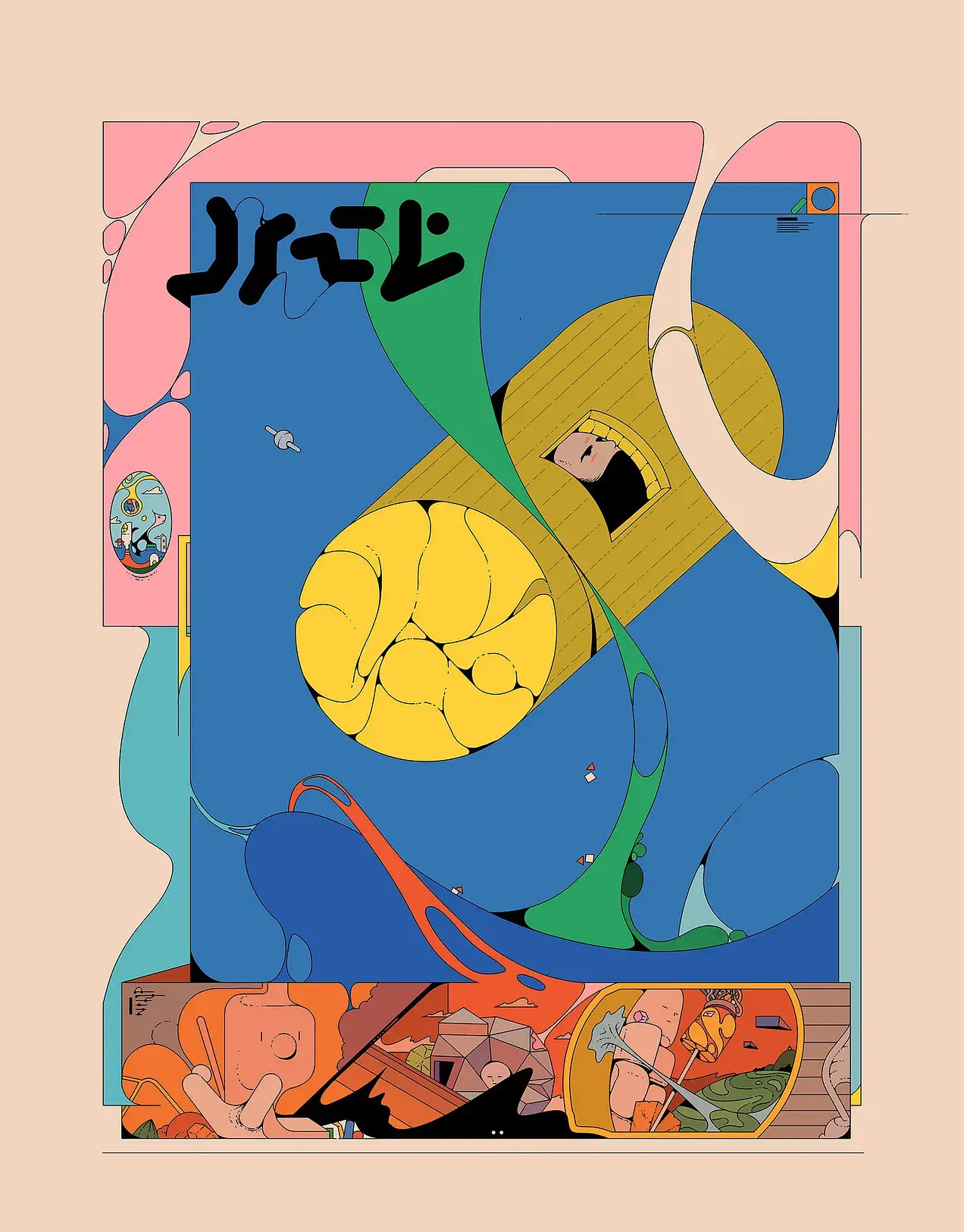Issue 162
Vibe bottlenecking
Hello, dear readers! 👋
In this issue, among other things:
A universal "periodic table" of principles for creating systems
The hiring crisis for product designers
What mechanisms influence attention, memory, and motivation in learning
How to properly integrate Claude into the development process
Why proactivity is one of the most valuable qualities of a designer
Why AI haven’t released developers from the main programming difficulties yet
Agentic browsers trend
…and much more!
Enjoy reading!
🗞 News and articles
Trend: Agent-based browsers
AI have initiated a new trend — the emergence of agent-based browsers, and today they make purchases for us and book tickets. The reasons for the trend are the rapid evolution of AI and the development of agents that solve problems on their own and free us from routine.
Most likely, the technology will become widespread in the near future. For example, there will be sites created on the agent-first principle, and each user will have a personal AI assistant who knows the habits of the "boss" and anticipates desires.
I’ve collected examples of agent-based browsers. There are few of them so far, but judging by the dynamic spread of the trend, there will be many more in the future.
Opera Neon. He is able to conduct deep search, fill out forms, book tickets and make purchases. Generates text and illustrations, creates games and web applications.
The browser is not running yet, but you can sign up for the waiting list.
Perplexity Comet. Compares and buys products, searches for information on the Internet and in the user's mail, makes sammari videos and translates articles. It will help you create a tourist route around the city or register on the website.
Available on the Perplexity Max tariff.
BrowserOS. A free open-source browser. It works with OpenAI, Anthropic, and Google AI, and also allows you to run local models through Ollama. He schedules meetings, fills out forms, searches for information, and blocks ads.
Microsoft Edge. In Copilot Mode, the browser searches for and analyzes information. The developers promise that in the future Edge will learn how to buy goods, book tickets and plan trips.
Copilot Mode does not work for all users yet.
Dia. Analyzes the contents of all tabs, compares product prices, fills out forms, and searches for information. He helps to write texts and compose sammari, explains complex topics in simple language and translates articles.
The beta version of Dia is currently available to users of the Arc browser and runs on macOS 14+ with M1 chips and later versions. The rest are invited to sign up for a waiting list.
Periodic Table of System Design Principles
Joy Arulraj proposed a universal "periodic table" of principles for creating systems. This is an abstract set of mechanisms that can be found in design in various fields, from databases to operating systems.
In the article, he presented more than 40 principles, grouped by topic. They are not tied to specific technologies and make it possible to operate more effectively with ideas at the fundamental stages of design.
Each principle is accompanied by a brief description and an example from research.
Proactiveness in design is gold
Flavio Lamenza explained why proactivity is one of the most valuable qualities of a designer, which distinguishes valuable specialists from ordinary performers.
He explained how proactivity manifests itself in real-world cases, how to identify it in a portfolio, and how it relates to an internal locus of control and curiosity. In the article, Flavio provides specific interview questions to identify or demonstrate this quality.
The main thing:
Proactivity manifests itself in the ability to see problems before they become critical, and in the desire to explore rather than just complete tasks.
Proactive designers don't wait for instructions, but ask questions, look for opportunities, and offer alternatives. This way they bring real benefits to the business.
Even with limitations, proactive specialists are looking for workarounds rather than giving up. For example, if there is no budget for research, they can do it themselves.
Proactive designers are more likely to believe that they can influence the outcome and take on more responsibility.
A good way to recognize proactivity is to ask questions about what the person has done in addition to the task, how they have improved the process, and whether they have offered an alternative.
Proactivity is clearly visible in the ability to interact with developers. Such a designer discusses limitations and suggests solutions, rather than simply referring to the impossibility of implementation.
In the portfolio, proactivity is noticeable in the wording: instead of "I was instructed to do..." you can see "I noticed, researched, suggested, tested"







